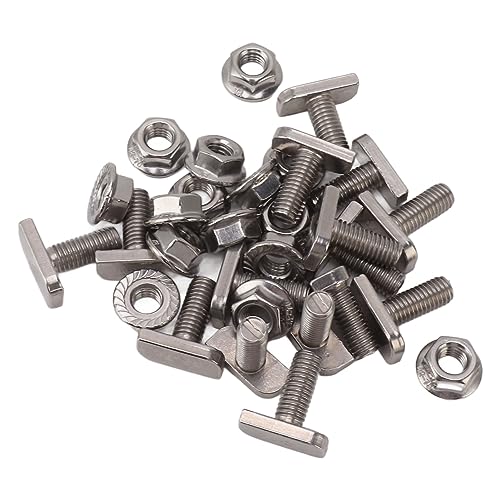Aluminium work hardens, although I forget the details of how it works.
It does indeed, but work hardening would require that you be able to plastically deform the material. Obviously you could not do this with a finished fabrication.
The material hardens as a result of the distortion and deformation of the slip planes in the material [the creation of dislocations] that the material distorts along as you deform it. This means that the stuff basically "locks up" and so get harder in that further deformation is more difficult..
The other way to harden aluminium is to introduce something that will precipitate out of solution either as it cools, or in the days after, or as a result of heat treatment. The precipitated second phase fits in the interstitial spaces between the atoms of the aluminium, and once again, blocks the movement of the material along its slip planes.
Now, if you heat the aluminium, more and more of the alloying element will try to precipitate out. This means that the second phase material that was in the interstitial spaces in the space lattice of the aluminium will form larger crystals that will "pop out" of the space lattice, so now, instead of a true alloy, you will have a mixture in the way that you would have if you mixed dried peas with sand. This means that all hardening and strengthening is lost..
This is why only an idiot tries to "repair" alloy wheels, or indeed, powder coats them.. Unless you know EXACTLY the alloy and the heat treatment that is has [or has not] recieved, you can have no idea at all, as to what will happen..
Here i have something you will all like!! Make yourself a reinforced plastic sub, then screw your monitor to the pressure hull with self tapping screws..
john..

































































